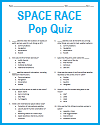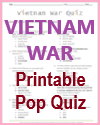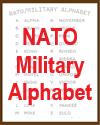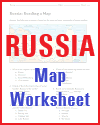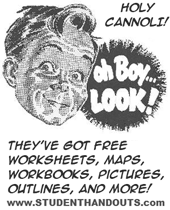Utilizing a wide variety of miscellaneous educational materials can significantly enrich your high school World History students' understanding of the Cold War on a global scale. Traditional textbooks alone may not fully capture the depth and worldwide impact of the conflict. Supplemental resources—such as political cartoons, propaganda posters, newspaper headlines, and declassified government documents—offer students a closer look at the ideologies, tensions, and real-world consequences of U.S.-Soviet rivalry.
Primary source excerpts from speeches by leaders like Kennedy, Khrushchev, or Castro, as well as personal accounts from citizens affected by proxy wars, provide diverse perspectives. Audio clips of radio broadcasts or songs from the era and short documentary videos bring the Cold War to life. Timelines, infographics, and interactive maps help students connect events across regions—like the Korean War, Cuban Missile Crisis, or Soviet-Afghan War.
These materials support various learning styles, foster critical thinking, and help students recognize how the Cold War shaped politics, economics, and culture worldwide.
|

